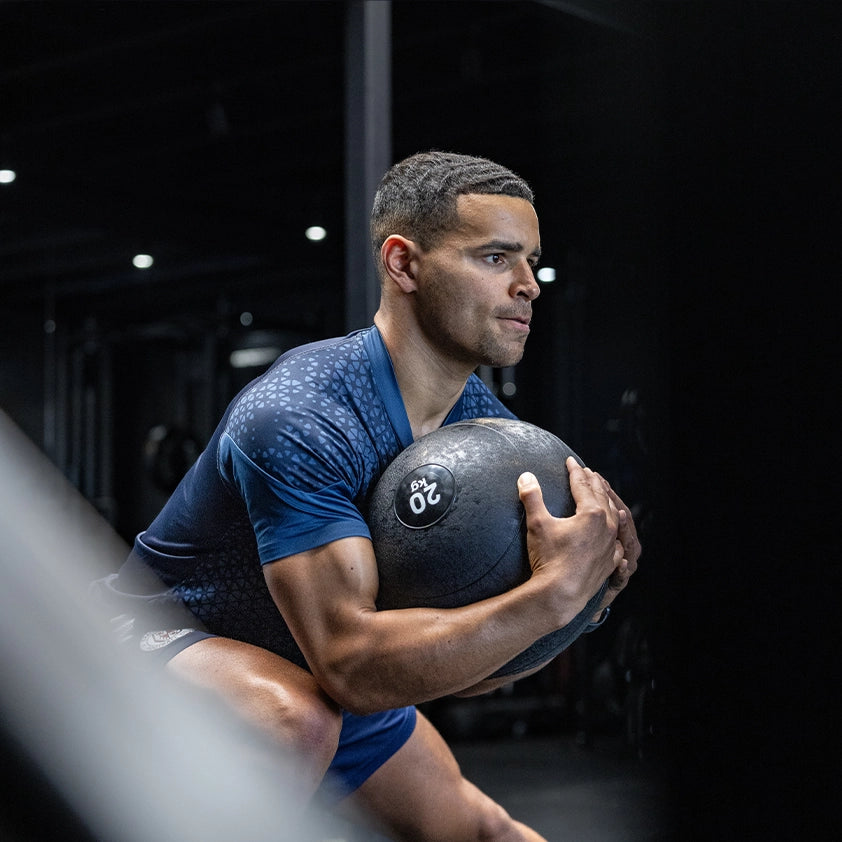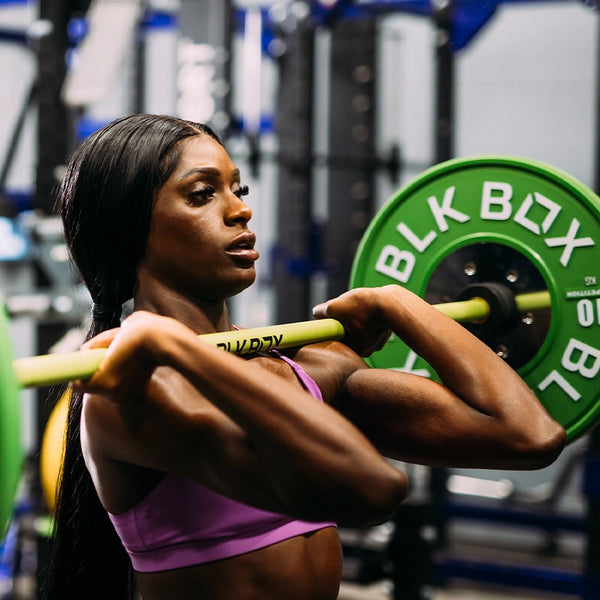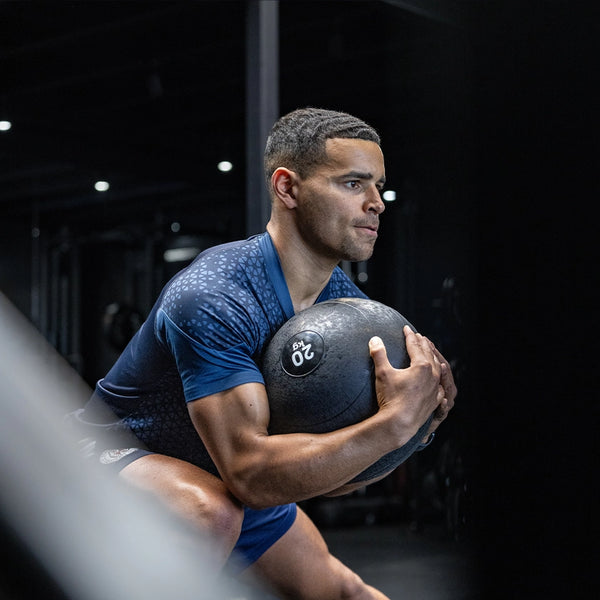Running Economy - What is it and how can I improve it?
Running is a skill that we learn from an early age, but it isn’t quite as simple as putting one foot in front of the other. Aside from the technical aspects, there are a multitude of physical factors that contribute to performance. Aerobic endurance performance is dependent on the three key factors: maximal oxygen consumption (VO2max), lactate threshold (LT) and running economy (RE).
Running economy measures an individual’s energy utilisation when running at an aerobic intensity. Oxygen consumption (VO₂) is the most direct method for measuring running economy, as the exchange of gases in the body, specifically oxygen and carbon dioxide, closely reflects energy metabolism. While genetics are known to play a role, running economy is heavily influenced by our training and physiological factors (metabolic, cardiorespiratory, biomechanical and neuromuscular). So what does all that mean and how do we go about improving our running economy?
-
Training – training history, type of training, training phase and even training surface can all affect the economy. Improving efficiency requires a gradual increase in frequency and overall mileage over a sustained period of time. Frequency is our friend when dosed correctly. Traditionally, it has been thought that only speed work (anaerobic training) builds speed. However, developing the aerobic system first, before attempting the harder, more anaerobic work is the preferred method. Over time, the body will become more efficient at utilising fat as an energy source and speed will increase at minimal additional cost. By doing so, the body will inherently burn more fat, and the stress (wear and tear) and increased injury risk associated with anaerobic training will be reduced. Once a good base has been established, faster tempo work can then be incorporated.
-
Metabolic – substrate utilisation, muscle fiber type to name a few, contribute towards efficiency. Carbohydrates and fats are the primary fuels for endurance, and the breakdown of each requires oxygen. Fat is the main fuel for endurance - availability will often dictate how long and fast the aerobic system can function for. Muscle fiber type is typically determined by training history, but genetics also play a part. Slower, steady-state training not only improves the body’s ability to burn fat, but also develops the function of slow-twitch muscle fibers, which are directly related to a better economy. Additional, or excess weight can have a deleterious effect on the cost of running, increasing heart rate and oxygen uptake, therefore, increasing the demand of the activity and directly impacting economy.
-
Biomechanical – running style, technique, joint function, anthropometrics and all that jazz. Running mechanics are complex. Some of us are just more efficient striders than others – period. Stride rate (steps per minute), can have a profound impact on ground contact time, horizontal braking forces and vertical oscillation, which directly effect running economy. Over-striding is common within the running field. The addition of braking forces upon contact not only increases the cost of running, but it also exposes us to a greater risk of injury. Joints of the lower limb; hips, knees and ankles (feet) all play a pivotal role (yeah no shit!) in helping absorb forces and propel the body forward. Ensuring that the hips, feet and surrounding muscles are doing their job correctly can minimise injury risk, but also provide effective propulsive qualities.
- Neuromuscular – think strength training and plyometrics. Both have a positive impact on absorption abilities, and the speed at which force can be produced - rate of force development (RFD). When running, the body is exposed to high impact forces of up to x 3 bodyweight. Strength training has been reported to help improve intramuscular coordination, muscle-tendon stiffness, tendon cross-sectional area and elasticity exploitation. The nervous system plays an important role in regulating muscle stiffness and utilization of muscle elasticity during the stretch- shortening cycle exercises, such as running, in which high contraction velocities are used. Priming the system to be able to cope with impact forces and utilise elastic energy efficiency are key qualities when it comes to pavement bashing and economy.
Running economy is a multi-faceted approach. Start steady and continue steadily. Add speed once a sturdy aerobic foundation has been established. Incorporate strength training to your regime and top it off with graded exposure to plyometrics. Building an economy, like with most aspects of training needs overload. Gradually increase the frequency and overall distance by 10% each week, and more importantly, be consistent with it.
ABOUT THE AUTHOR
Sam is a Strength and Conditioning Coach with experience of working in a number of different sports. Sam has been fortunate to have worked alongside some leading coaches and practitioners. Having worked within professional football, he possesses an adept understanding of coaching, and competing at elite level. He continues to work within football, and the endurance world, helping athletes prepare for distance running and triathlons.
Follow Sam on Instagram:- Sam Pepys Performance















